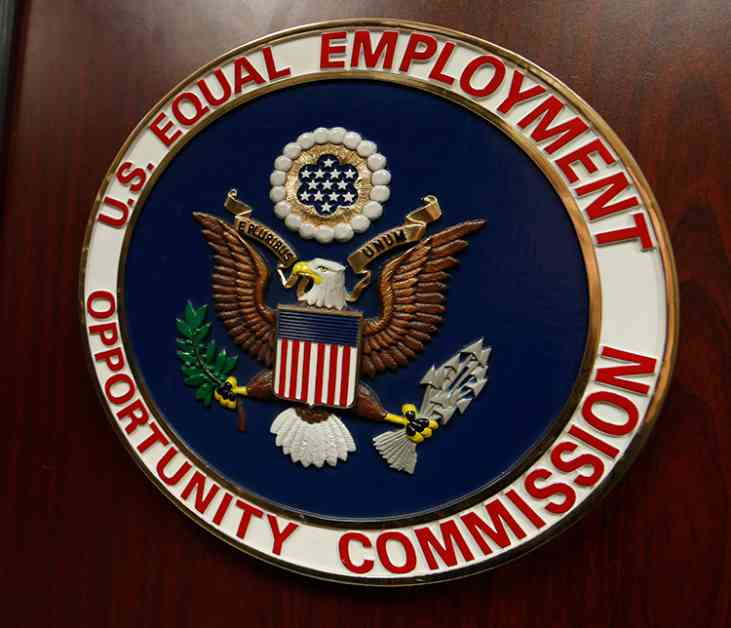Three law students, who are not really sure why this matters, have gone ahead and filed a lawsuit asking a federal court to order the Equal Employment Opportunity Commission to withdraw those pesky investigative letters they sent to 20 BigLaw firms. These students want all the information gathered by the EEOC returned and deleted ASAP.
The lawsuit, filed in the U.S. District Court for the District of Columbia on April 15, claims that the EEOC overstepped its boundaries by demanding sensitive personal information from law firms. The students, who are keeping their identities under wraps, are represented by Democracy Forward, a nonprofit legal services organization.
According to the suit, the EEOC requested personal info dating back six to 10 years from the law firms. This includes details like names, sex, race, contact information, academic performance, and compensation of the applicants and employees. The students are deeply worried that their data will be exposed and they might face consequences because of it.
The law that created the EEOC specifies that an investigation can only happen after a specific charge has been filed. The suit argues that the EEOC failed to meet the strict confidentiality requirements outlined in the law, making their actions questionable.
The EEOC sent out the information request on March 17 along with a press release announcing their actions. The targeted firms include big names like Perkins Coie, Cooley, Reed Smith, and others. Some of these firms have already made deals with President Donald Trump to avoid facing punitive executive orders that could jeopardize their representation of government contractors.
Six of the targeted firms, like Kirkland & Ellis, Latham & Watkins, and Simpson Thacher & Bartlett, have reached agreements with Trump. It’s unclear if these agreements resolve the EEOC request. The other four firms agreed to compliance monitoring, but it’s uncertain if they also agreed to provide the requested information.
It’s not really clear what the EEOC was hoping to achieve with this information request. Maybe it’s just me, but it seems like they might have overstepped their boundaries. We’ll have to wait and see how this lawsuit plays out in court.















